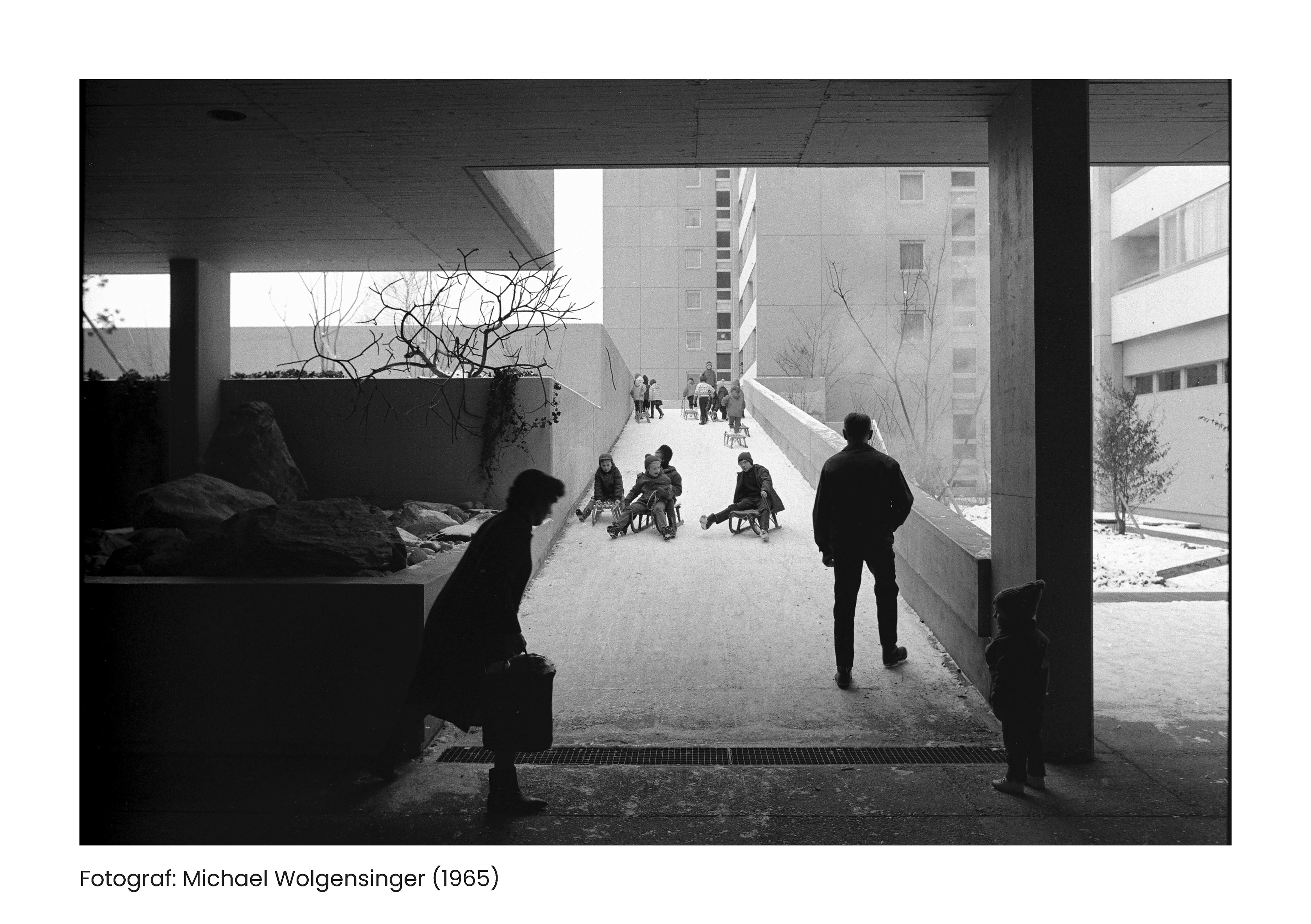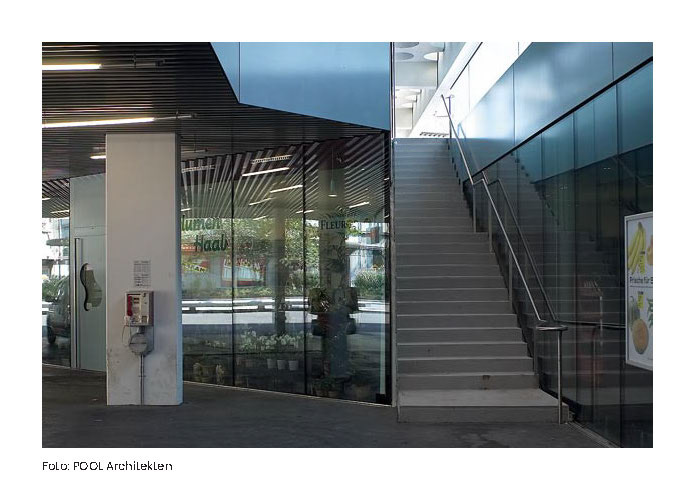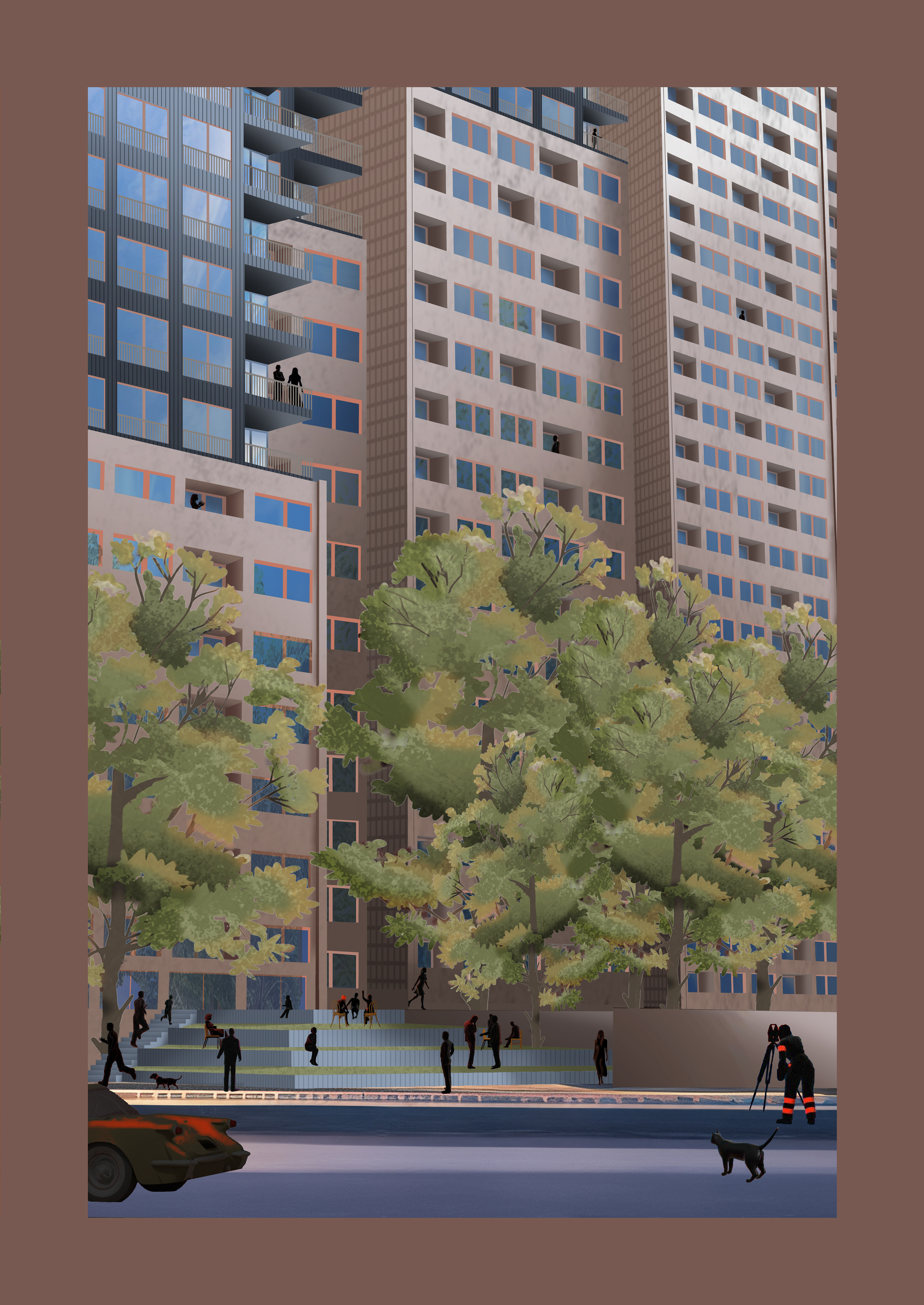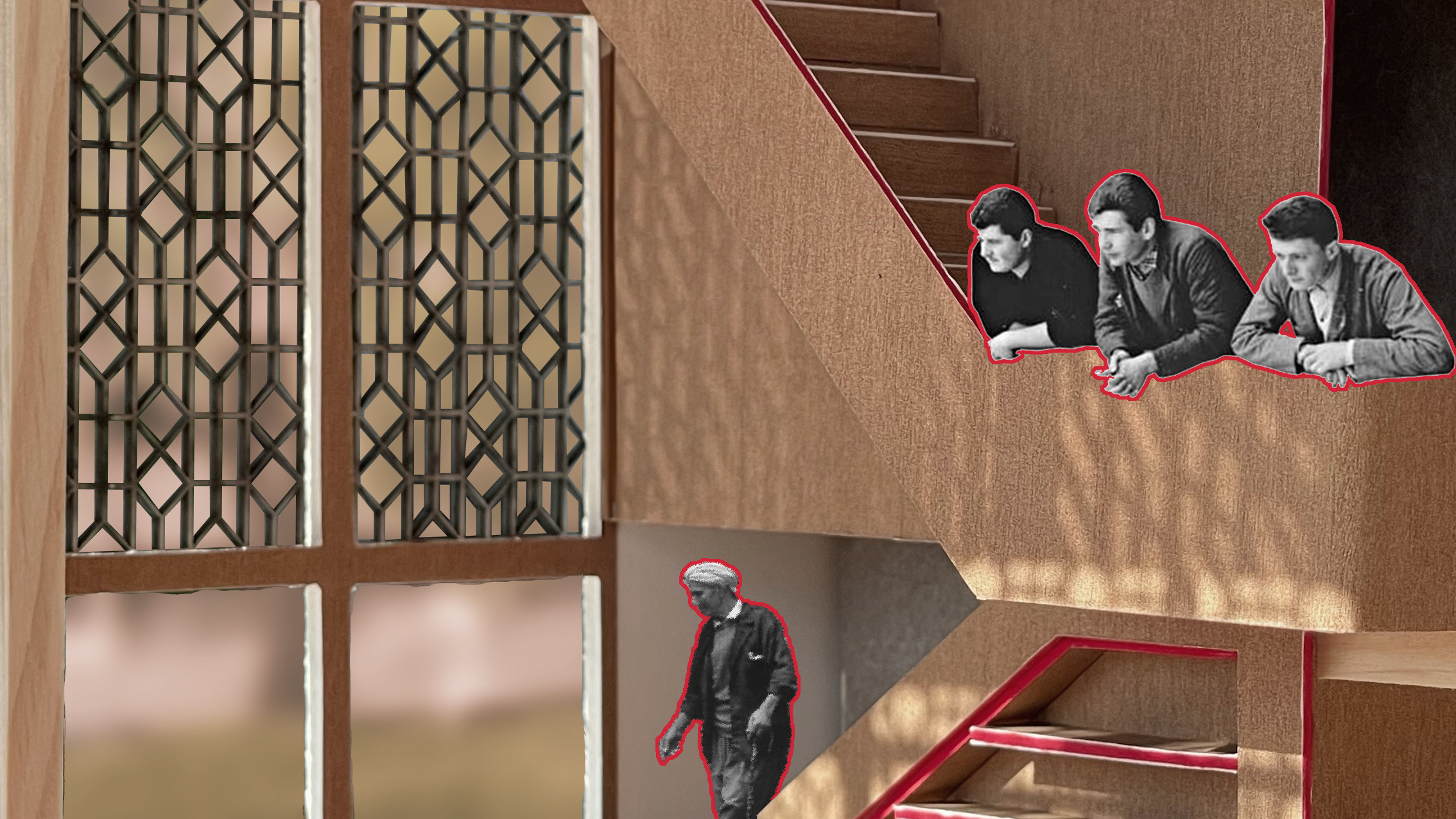Master Thesis
Prof. Jan De Vylder
ETH Zürich - HS 2023
How did the Lochergut change with society?
It is a contemporary witness; the car-centered city of Zurich in the 1960s and the adjacent busy streets resulted in an elevated inner courtyard and further isolation from the rest of the city. The consequences of this architecture became apparent years later. Along with the architecture, the research revealed that the residents were also sealed off, resulting in a polarizing "insider-outsider" dynamic. The 1970s saw futile attempts at salvation through additions and modifications, sealing the Lochergut's fate.
Almost 40 years later, the façade facing Badenerstrasse undergoes a redesign orchestrated by "pool Architekten." However, this facelift, coupled with subsequent modifications, only deepens the divide between the public and private spheres. The inner courtyard, rather than embracing openness, continues its retreat from the public gaze.
How does the Lochergut address our present and its necessities? Is the inner courtyard now a public or private space and how is this ownership relationship conveyed architecturally? It is clear that the Lochergut embodies the scars of its past. It shows the contrasts of the different approaches in architecture and experiences a permanent back and forth between the handling of public and residential space.
In the context of the present, the Lochergut wears the scars of its history proudly, embodying the clashes between contrasting architectural ideologies. The ongoing rivalry between public and residential spaces reflects a society grappling with deeper political currents. The Lochergut, with its transformations and stubborn adherence to privacy, becomes a battleground where the struggle for societal values and control over space unfolds. The conflict within its architecture shows the broader polarization rampant in contemporary political discourse, as the inner courtyard becomes a symbol of exclusivity and separation from the communal realm.
Present
Past











1966

2008

2040




















